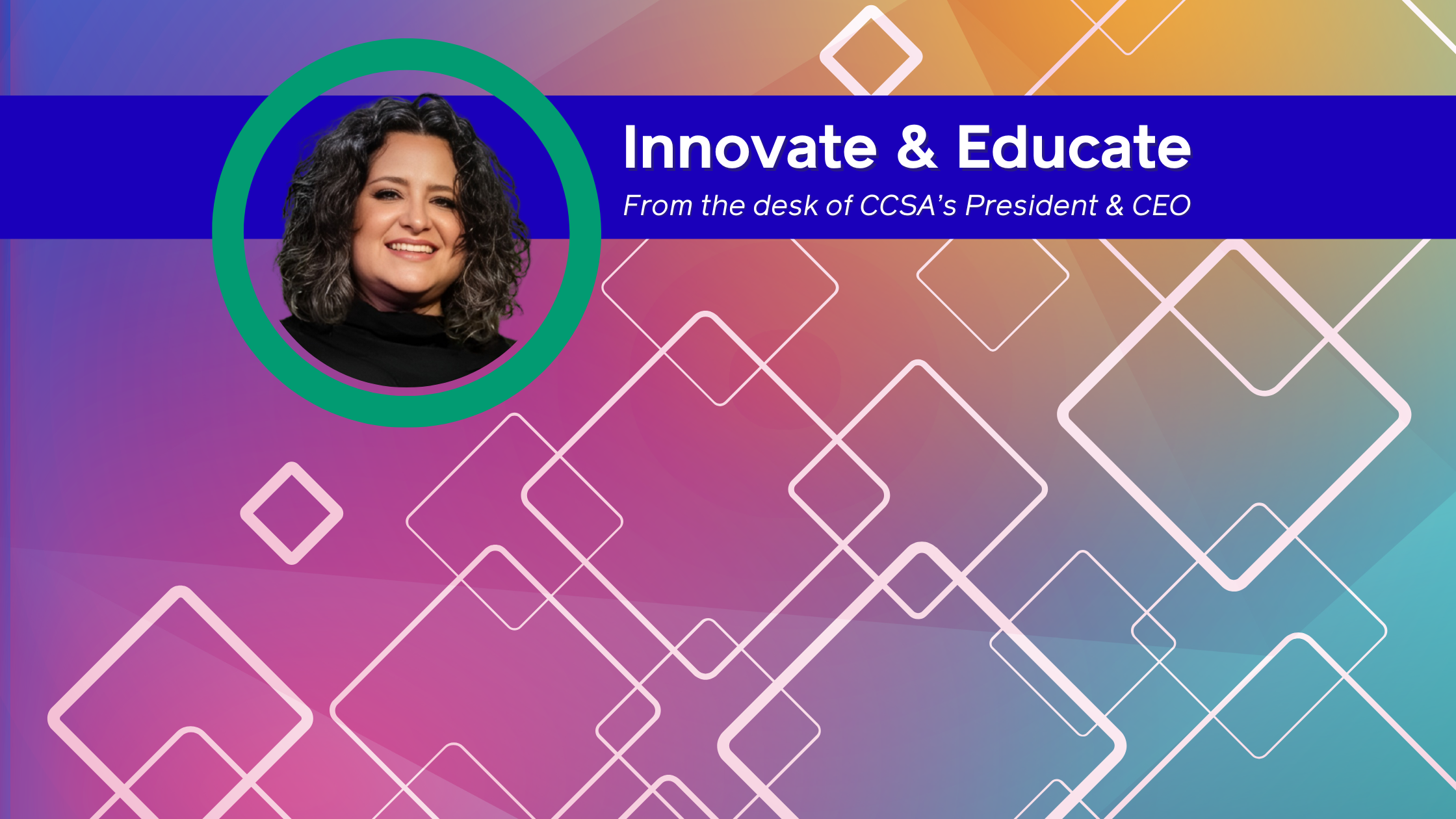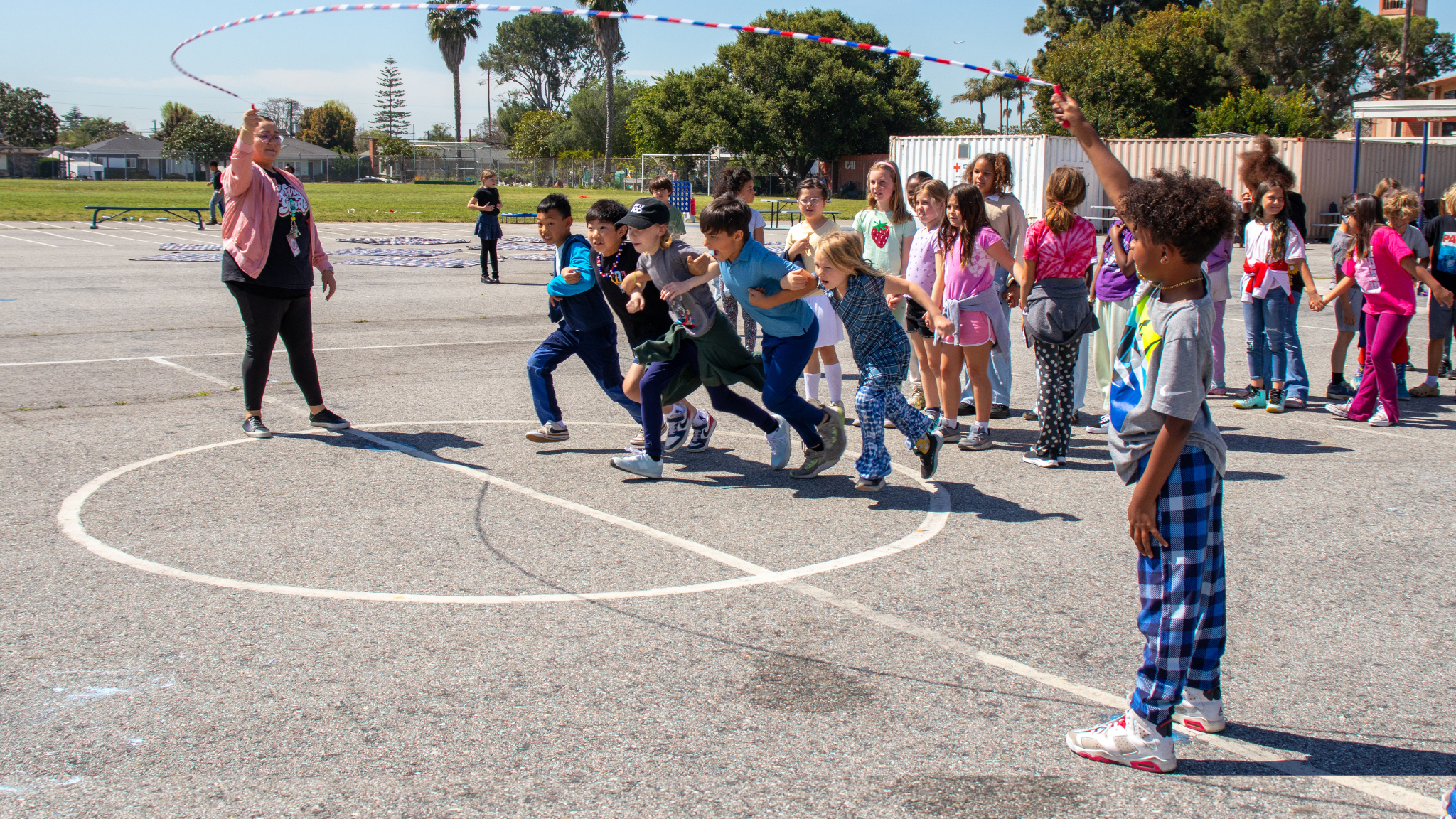Decades of nonpartisan educational research have confirmed what parents and educators know instinctively: a one-size-fits-all approach to learning leaves too many children behind. Every student is unique, with different strengths, needs, and aspirations—and California’s public schools must honor that individuality.
One of the most transformative models in California’s K–12 system is what we call flex-based charter public schools. These free, public schools reimagine education by allowing students to learn beyond the four walls of a classroom. They provide pathways such as career technical education, independent study, homeschooling support, and blended learning—where students split their time between school and home. No matter the format, one thing is clear: flex-based learning is on the rise. Today, more than 190,000 students across California are enrolled in flex-based options.
High-quality flex-based charter public schools are rewriting the rules of engagement for students—especially those who haven’t thrived in traditional settings. They offer customized instruction for learners who need flexible schedules, specialized programs, or a safe alternative to in-person schooling.
These models aren’t just theoretical—they’re changing lives. One example is iLEAD Online, a free public TK–12 charter school offering personalized education tailored to each student’s passions—whether that’s acting, athletics, dance, or something entirely unique. Their model blends individualized and project-based learning with leadership development and social-emotional growth.
“We start by asking: how can we make education relevant to your life?” said Matt Watson, Executive Director of Development at iLEAD California. “That might mean supporting a student who’s been bullied and needs to learn from home, a medically fragile learner, or a family that travels the country for work.

Families like Amanda Schutt’s have experienced firsthand how powerful this flexibility can be. Because her husband traveled frequently for work, enrolling her children in a traditional school would have meant long stretches apart. Instead, they enrolled in iLEAD and were able to take learning on the road.
“When we went to San Francisco, we turned it into a California history unit—learning about the Gold Rush and geography firsthand,” Amanda explained. “My kids still had 100% access to their teachers, but we could weave learning into our lives in a way that was meaningful and memorable.”
Despite their success, flex-based charter public schools continue to face skepticism in Sacramento. Some policymakers remain unwilling to fully recognize the value these schools provide—even though their leadership during COVID was undeniable. When the pandemic shut down traditional schools, flex-based charters shared best practices and effective online strategies with districts across the state. They became a lifeline for families and an example of resilience in action.
Yet that didn’t stop lawmakers from targeting them. AB 84, one of the most significant attacks on charter schools in the last decade, proposed cutting funding to flex-based schools by 30%—a devastating $700 million hit. This effort reflected a troubling mindset that treats charter public school students as “less than”—less deserving of resources, less deserving of programming, and less deserving of equitable opportunities than their peers in traditional schools.
Thanks to CCSA and our allies, that harmful provision was defeated. The fight around AB 84 isn’t fully resolved, but one thing is clear: we remain steadfast in our principle that all students should receive the funds they need to succeed. No child should ever be treated as “less than” simply because their family chose a school that better fits their needs.
The impact of flex-based charter public schools extends well beyond academics. Research shows students educated in structured, teacher-led flex-based models often outperform their peers in college with higher average GPAs. These outcomes reinforce what families already know: when you match the learning environment to the learner, students thrive.
Of course, flex-based models aren’t for everyone. Some students do best in a traditional, in-person setting. But for the tens of thousands of California students whose needs fall outside the standard mold, flex-based programs are essential. They provide safety, personalization, and rigor—all led by credentialed public school teachers.
As I’ve said before, if a child can’t learn the way we’re teaching, we need to teach the way they can learn. That philosophy lies at the heart of flex-based charter public schools: adapting to the student, not the other way around. For thousands of families across California, this model isn’t just a choice—it’s a lifeline. And it’s one that deserves to be valued, supported, and protected.
Myrna Castrejón has been the President and CEO of the California Charter Schools Association since January 2019. Innovate & Educate is an occasional column in which she explores statewide K-12 issues through a charter public school lens.


